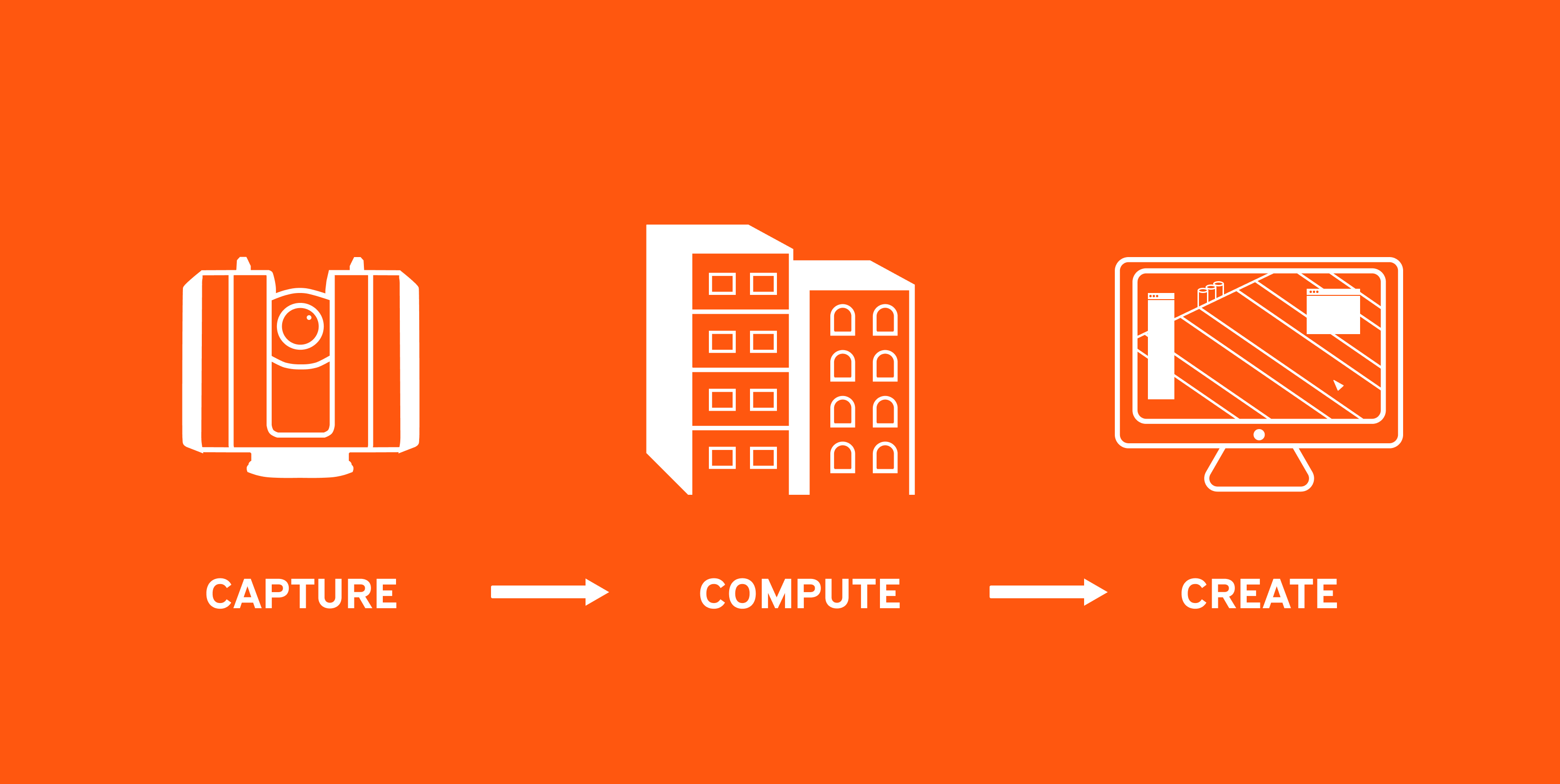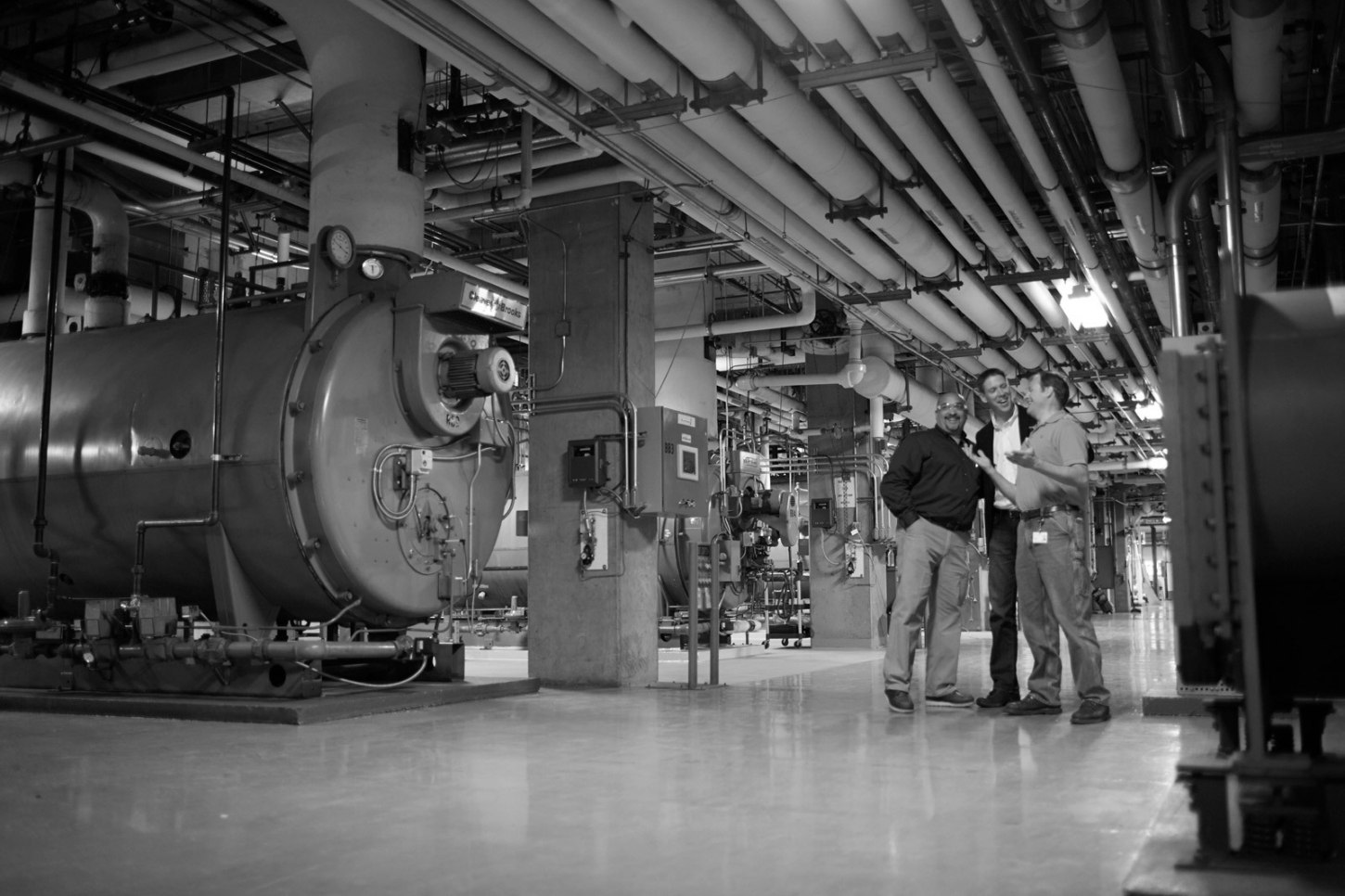
Conquering construction challenges with 3D scanning hardware and sophisticated software.
The world has two types of information: physical and digital. It’s not hard to find libraries of 3D models that represent physical objects. Just as easily, you can also look around and find physical objects that were modeled after digital designs. Of course, there are decades of manmade structures, like buildings and bridges, that were designed and built before this technology became standard practice and prior to the industrial revolution. Now, decades later, the structures can be captured from the physical space and processed into digital data, often within minutes. This data can be manipulated, cleaned up, and used for a variety of practical reasons in nearly every industry.
Digital transformation
Building Information Modeling (BIM) is not a new term or process in construction. We often talk about BIM as a part of the digital transformation in the construction process, but as BIM becomes more widely adopted, methods for digitizing projects, like scan-to-BIM are proving to be more critical now than ever.
We look at how this process can be used at every stage and how it benefits the project team – from capturing an empty site or an as-built building. Scan-to-BIM is the process of capturing the images using 3D laser scanners and digitizing that information into a point cloud (a set of coordinates or data points). 3D scanning is a fast process that uses light detection and ranging technology, depending on the equipment, you can measure up to two million data points per second which can create a colored 3D point cloud in under two minutes flat!
To BIM or not to BIM
Scan-to-BIM is a powerful process that saves significantly in rework, mitigates schedule impacts, and provides valuable information for stakeholders. Some of the benefits include:
- Accurate As-Builts: Laser scanning provides precise measurements creating a record of what is behind walls, above ceilings, and underfloor slabs.
- Construction Verification: The data can be layered onto blueprints to quickly identify challenges and evaluate conformance with designs. This allows any conflicts to be rectified and revised during fabrication instead of making costly change orders on-site.
- Architectural Visualization: The point-cloud data provides 360-degree images to allow stakeholders fully immersive, cloud-based 3D walk-throughs of the scanned site. These visuals allow stakeholders to explore buildings at their convenience without having to physically visit the site to identify safety hazards or planning challenges.
Varied applications
In the 1990s, scanning was used as a practice for solely capturing the existing conditions for designing purposes. Fast forward to today, with the scan-to-BIM project cycle, several applications have been unlocked, including:
- Design. The as-built model of the site terrain, surrounding structures, and overall environment gives the project team a better understanding of site conditions allowing them to make better design decisions.
- Construction. BIM largely represents the active onsite construction work identifying discrepancies between the as-designed and as-built models during the different aspects of construction phases.
- Virtual installation: With accurate models, the team can quickly identify clashes, often leading to significant time and cost savings.
- Safety management: The data collected can enhance onsite safety by identifying safety hazards and suggesting alternative safety measures.
- Digitization: With a digital 3D model, project teams are replacing thousands of physical drawings offering on-screen visualization of the design and real-time adjustments.
- QA/QC: The BIM model includes all prefabricated components to be processed for quality assurance and quality control.
- Facility Management. Buildings that are already built and occupied, often don’t have proper documentation of the design and functionality. Scan-to-BIM creates a source of documentation that can be used for the current state, future modifications, or tenant improvements.
For more information about how reality capture can help deliver your projects more accurately and efficiently, contact Brian Presnell, Business Development - Reality Capture, bpresnell@umci.com
Questions or Comments?
For media inquiries or related questions, please contact info@umci.com
